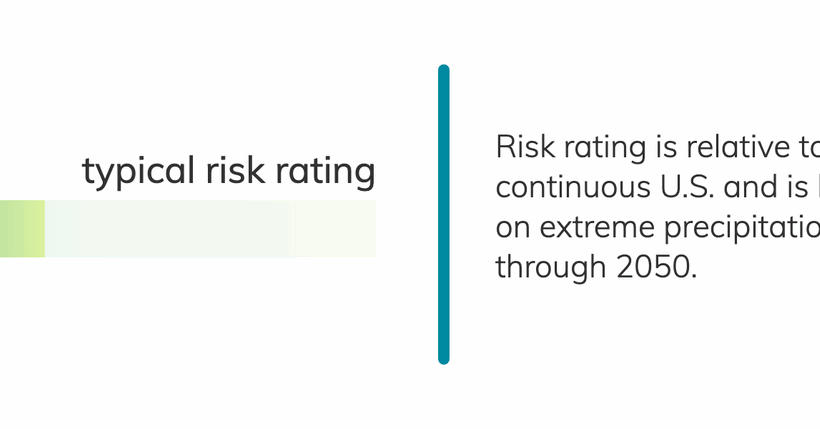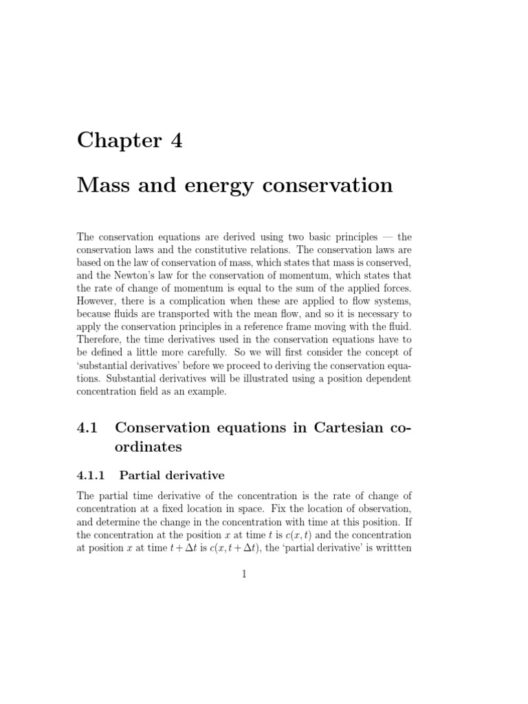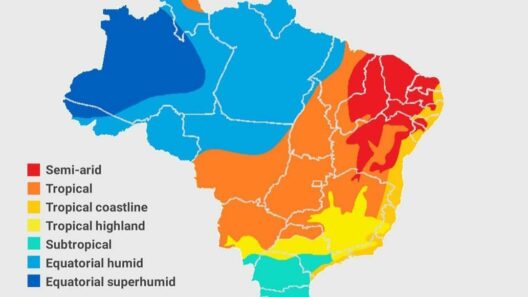Los Angeles, often referred to as the “City of Angels,” boasts a unique climate that enthralls residents and visitors alike. Understanding the climate zone of this sprawling metropolis and the implications of its environmental characteristics is essential for both inhabitants and environmental advocates. Situated in Southern California, Los Angeles primarily resides in the Mediterranean climate zone, characterized by dry summers and moderate, wet winters. The geographical and meteorological nuances that shape this climate offer a fascinating exploration of why Los Angeles enjoys its renowned coastal comfort.
The Mediterranean climate of Los Angeles is categorized under the Köppen Climate Classification as “Csa” (hot-summer Mediterranean). This classification encapsulates the foundational aspects of the city’s climate. Summers are typically dominated by a persistent high-pressure system, leading to warm, dry conditions. These long stretches of sunshine foster an ideal environment for outdoor activities, agriculture, and tourism, which are integral to the local economy. The warm season generally lasts from May to October, with temperatures often soaring above 80°F (27°C), driven by the Santa Ana winds, which can exacerbate heat conditions.
Conversely, winters in Los Angeles are mild and relatively wet. From November to March, the city experiences its rainy season, accounting for nearly 80% of its annual precipitation. The rain primarily derives from Pacific storms that travel eastward, providing much-needed moisture to the region. While winter temperatures rarely dip below 40°F (4°C), the occasionally gloomy days do offer a stark contrast to the sun-kissed summer months. The moderate temperatures in winter encourage a diverse range of plant species, further enriching the region’s biodiversity.
As one delves deeper into the climatic patterns of Los Angeles, it becomes clear that microclimates play a significant role in the overall environmental tapestry. The city’s geographical layout, from coastal areas to mountainous regions, contributes to distinct variations in climate. For example, the coastal neighborhoods, such as Santa Monica and Venice, enjoy cool breezes from the Pacific Ocean, resulting in milder temperatures and higher humidity levels. In contrast, the inland areas like the San Fernando Valley can experience temperature extremes, with hot summers surpassing 100°F (38°C). This disparity underscores the necessity of recognizing microclimates when discussing climate impacts and urban planning.
The proximity to the ocean is a defining characteristic of the Los Angeles climate. Coastal influences help moderate temperatures throughout the year, creating a unique phenomenon often referred to as “marine layer.” This cold, moist air flows in from the ocean, resulting in fog and overcast conditions, particularly in the morning hours. The marine layer is essential for tempering the searing heat of summer, providing essential relief to urban dwellers. Such maritime influences also play a critical role in ecosystems, supporting both marine and terrestrial flora and fauna in the region.
The climate of Los Angeles, though temperate and inviting, is not without its challenges, particularly in the context of climate change. Rising temperatures amplify the frequency and intensity of heatwaves, posing risks to public health and exacerbating existing environmental issues such as drought. Given its semi-arid nature, Los Angeles is particularly vulnerable to water scarcity. As rainfall becomes increasingly erratic and extreme weather events occur more frequently, the city faces mounting pressure to adapt its water resource practices to ensure sustainability.
Moreover, the urban heat island effect is another factor exacerbating local climate conditions. Urbanization leads to the replacement of vegetation with concrete and asphalt, which in turn raises surface temperatures. This phenomenon further complicates the climate landscape of Los Angeles, as densely populated neighborhoods can experience temperatures significantly higher than their less-developed counterparts.
On the flip side, the Mediterranean climate allows for the cultivation of diverse agricultural products. The fertile valleys surrounding Los Angeles produce a rich bounty of fruits, vegetables, and nuts, which not only support local consumption but also contribute to California’s status as a leading agricultural producer in the nation. However, the agricultural sector is also confronted by climate variability, necessitating innovative approaches to water management and crop adaptation to safeguard food security.
The climate of Los Angeles invites ongoing dialogue surrounding climate action, sustainability, and adaptation strategies. Efforts to combat the effects of climate change include enhancing green infrastructure, promoting water conservation, and implementing urban forestry initiatives to mitigate the urban heat island effect. Initiatives aimed at reducing greenhouse gas emissions through public transportation expansion and electric vehicle incentives are critical for fostering a cleaner urban environment.
In summary, the climate of Los Angeles encapsulates the essence of Mediterranean dynamism, tempered by unique local influences. From the cool breezes of the coastline to the warmth of inland areas, the city’s climate offers a remarkable backdrop for various human activities. However, it also poses significant challenges that must be addressed head-on. The interplay of climatic features underscores the need for informed discourse and action as the city navigates the intricate landscape of climate change. In doing so, Los Angeles can aspire to maintain its coastal comfort while proactively safeguarding its environment for future generations.








